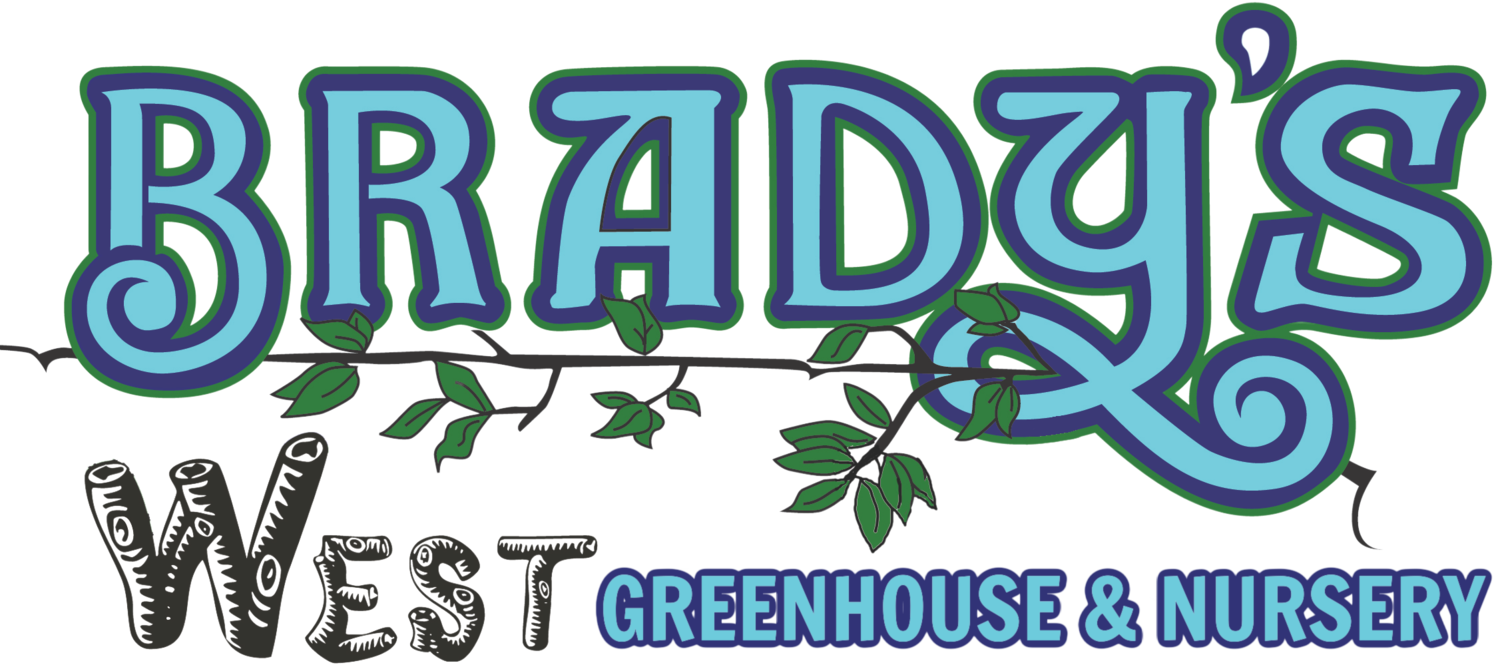Tree and Shrub Installation
We provide complete tree and shrub installation for our customers who do not wish to do the planting themselves—regardless of the number of trees and shrubs to plant. Our professional installation staff is among the most experienced planting crew in Chaffee County, if not the state of Colorado! Our basic installation service include (see photos below):
Digging the Proper Size Hole Staking the Tree(s)/Shrub(s) with metal or wooden stakes
Positioning/Setting the Trees/Shrub in the Hole Applying Root Stimulator with First Watering
Backfilling Hole with Native Soil and Soil Amendment Mulching with Western Red Cedar Mulch
Upon request we will also install deer fencing for an additional fee.
We highly recommend that our customers apply MYKE (mycorrihizae) during planting (a small additional fee). MYKE is a beneficial fungus that promotes vigorous root growth, which is beneficial to helping roots to extract nutrients from the soil. We repeat: We strongly recommend that our customers use MYKE with everything they plant.
Digging the Hole
The first step in the installation process is to dig the proper size hole for your tree or shrub. To speed up the installation process, we like our customers to choose the exact spot to plant their trees and shrubs before our planting crew arrives at your home or business. For small trees and shrubs, the hole is dug by hand, but for larger trees, we use an auger. In either case, we always dig the proper size hole for your tree or shrub. We prefer that our customers do not dig their own holes because often they dig the hole too small or too large, which means we have to re-dig the hole.
Setting the Tree or Shrub
Once the hole has been dug, the next step in the process is to set the tree into the hole. We will set trees and shrubs according to our customer’s wishes, which usually means orienting the fuller side of the tree or shrub so that it offers customers their preferred view of it.
Backfilling the Hole
After setting the tree or shrub, we backfill the area around the root ball with a blend of your native soil and a soil amendment such Peat and Sheep or Cotton Burr Compost. This blend is packed gently around the entire root ball to insure proper air flow to the roots. The excess dirt is formed into a small moat which helps retain water around the tree during its first watering as well as thereafter if the customer is watering by hose (although we highly recommend that customers install a drip system).
Staking (Usually Just Trees)
To secure the tree into a perfectly upright position, we stake the tree using metal or wooden stake and arbor ties. For smaller trees, we use two stakes, and for larger ones, we use three. We leave the strapping slightly less than taut in order to allow the base of the tree to have just a little movement in the wind, which allows the roots to learn to hold the tree firmly. NOTE: Customers should check the rooting of the tree about a year after planting by grabbing the trunk about chest high and shaking it vigorously. If there is little to no movement at the base of the tree, the strapping and stakes should be removed. If the base of the tree still moves a lot after a year, check it periodically, and remove the strapping and stakes once the base of the tree holds firm.
First Watering with Root Stimulator
With all new plantings, the first watering should involve root stimulator, which prevents transplant shock. We mix root stimulator with water at the rate of 1.5 tablespoons per gallon of water, and then slowly pour the mixture around the tree, so that it penetrates the entire root ball. It is perfectly fine to add root stimulator to future watering in the few months after the tree is planted—perhaps once every 10-14 days. NOTE: Do not fertilize newly planted trees and shrubs until the following year once their root systems have had a chance to harden over the winter.
Mulching
The final step in the Brady’s West planting process is to mulch the newly planted tree or shrub. Mulching accomplishes two purposes. First, it helps retain moisture over and around the root ball. Second, it helps prevent the growth of weeds around the base of the tree. We like to spread mulch to a depth of 3-5 inches under and around the entire tree or shrub.
Don’t Forget the MYKE!
We recommend that all of our customers use MYKE (mycorrhizae) in the planting of all of their trees and shrubs. MYKE is applied directly to the root ball before the tree or shrub is set into the hole. It cannot be applied to the tree or shrub once it is planted and the hole backfilled. MYKE is not included in the installation process and a small additional fee is charged for adding MYKE to the installation.
More About MYKE
MYKE works by supercharging the tree or shrub root system’s ability to extract water and nutrients from the soil, thus promoting the plant’s health and growth. Key to MYKE’s success is that it must be applied directly to the plant’s root system at planting—it must make direct contact with the roots in order to work properly. MYKE adheres best to the root ball when the root ball is slightly moist. We apply MYKE to the entire root ball, including its very bottom.








